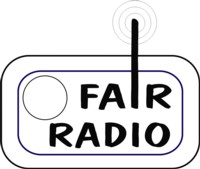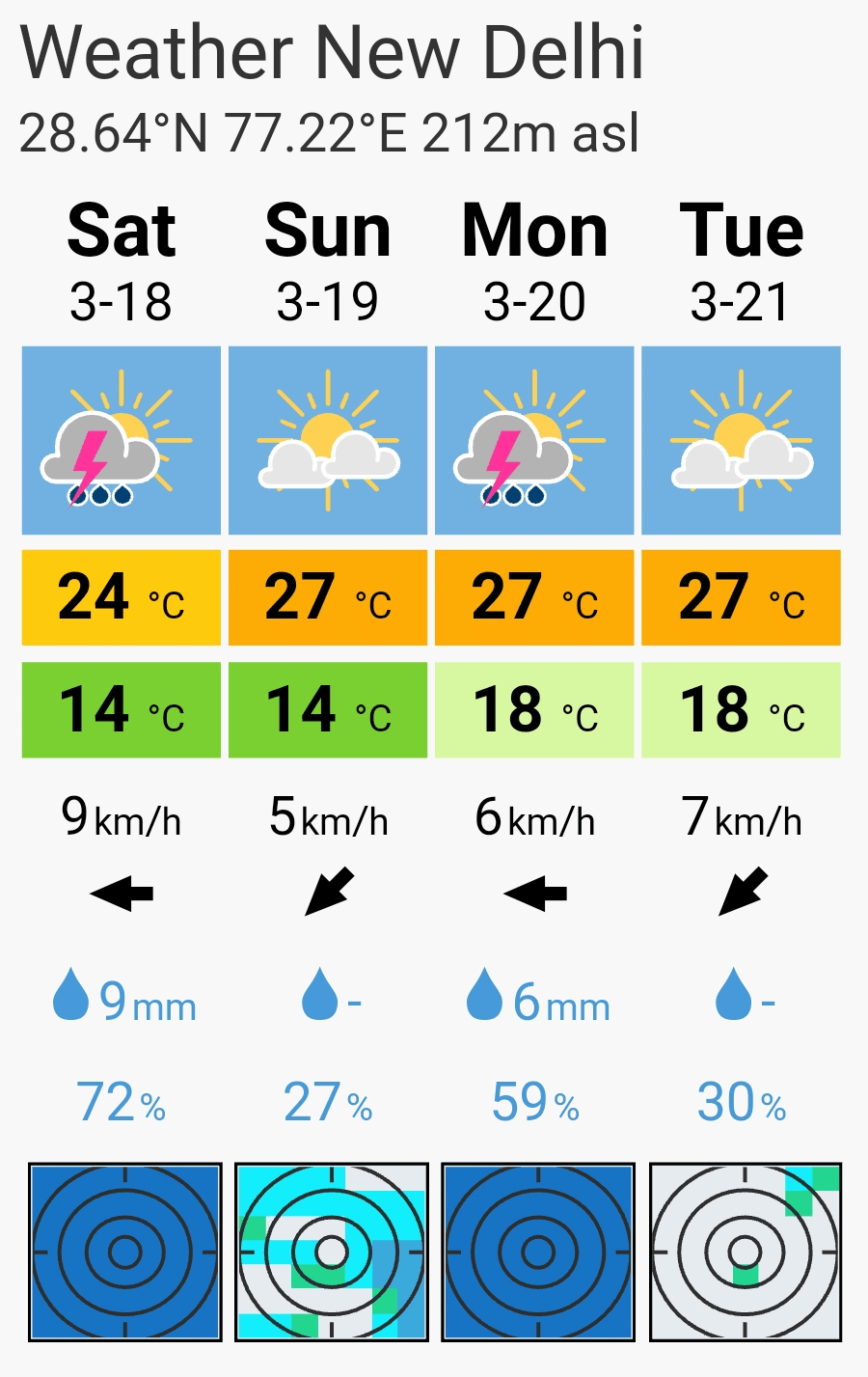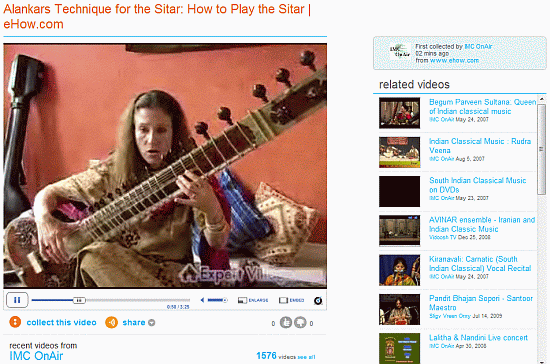IMC OnAir’s monthly radio show in November 2012 – being broadcasted in Austria (@ Radio FRO) and worldwide as webradio – are concerning with part 2/2 of Alankar-s. The Alankara-s can be grouped in four main types (with 10 different characters).
The Indian term Alankar or Alankara originates from Sanskrit, the old science language of India. The meaning is various: decoration (jewelry), literary embellishment or decoration. As Sabda Alankara it designates as ornaments by sound, decorative use of sound or use of decorating words. The last classification in Indian Classics before approx. 100-150 years was known also as Shabdalankar.
dates of broadcasting…
part 1 – 11th Nov 2012 – 05:00 pm EST (11:00 p.m. CET) @ Radio FRO (A)
part 2 – 25th Nov 2012 – 05:00 pm EST (11:00 p.m. CET) @ Radio Fro (A)
(premiere: 17th August/21st Sept 2009 (10:00 pm CET) @ TIDE Radio)
broadcasting plan | streaming (Internet Radio & Mobile Radio) | podCast
1. Asthai Alankar – the return to the initial note,
2. Arohi Alankar – a note sequence in the ascending scale,
3. Amrohi Alankar – a note sequence in the descending scale and
4. Sanchari Alankar as a combination of type 1-3.
In the baroque area of Western classics the ornaments served mainly for the decoration of melody lines. Vocalists improvised with the ornaments like we know it till this day from the Irish music tradition. Indian notes are “not static”, here briefly played Staccato notes (in Italian staccare means “tears off”) or single notes played “stand alone” are not audible.

4 examples of Alankara-s (Source: Sitar Technique in Nibaddh Forms (written by Stephen Slawek, 1987))
The Swara-s are located in constant connection to each other. Each note is linked with the previous one and following. Such ”grace notes“ – Kan-Swara-s – are the basis for each form of ornaments, the Alankara-s. They are the core for the development and beauty of Ragas.
The earliest reference to this term can be found in the Natyashastra with 33 Alankars, an elementar work to the visual arts of acient India written by the sage “Bharata”. It is dated between 200 BC and 200 AC. Further important treatises for the classification of the Alankars are the Sangeet Ratnakar of Sharangdev in 13th century and the Sangeet Parijat of Ahobal in 17th Century, in which 63 and 68 types of Alankars are described.
- see IMC OnAir’s show of June 2012 (premiere: November 2008):
Microtones in Hindustani Sangeet – the Microtonal Structure of Indian Ragas.
Alankars Technique for the Sitar (video tutorial @ eHow)
by Amelia Maciszewski (Ph.D. in Ethnomusicology) – www.sangeetmillennium.org.com
Kan-Sawra-s in a Classic Raag Bhairavi
by violinist Milind Raikar – www.violinmilind.com











